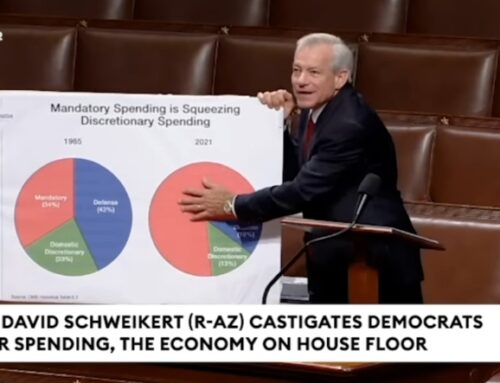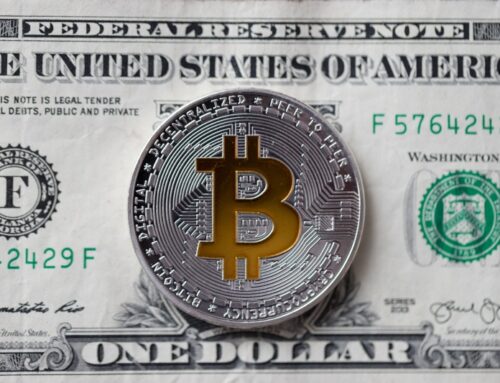Very few people appreciate the extent to which the dollar is embedded in world trade, and what it means for the U.S. Dollar to be the world’s “reserve currency”. In fact, two-thirds of world trade is conducted in U.S. Dollars. The strength of the dollar is based on the strength of the U.S. economy. Historically, people around the globe have been willing to own dollars because they’ve believed the U.S. would never resort to “monetisation”, or turning on the printing presses in order to pay off debts.
This willingness to hold dollars can be seen another way: the willingness to buy U.S. Treasury debt. The world is happy to fund our deficits by loaning us their savings, but only as long as they believe we won’t pay them back with debased, newly-printed money. While our economy is strong and productive, we’re able to produce enough to pay our debts.
But with deficits at truly epic levels, legitimate questions have arisen about our national creditworthiness. The Treasury is issuing new debt at nearly a $2 Trillion annual pace. That’s $2 Trillion of global capital per year that won’t be productively invested, but rather borrowed and spent. And the pace of deficit spending, projected just last year to drop significantly into 2010 ($1.2 Trillion) and 2011 ($900 billion), is now projected to be $1.5 Trillion in 2010 and $1.4 Trillion in 2011. If there was a genuine recovery, tax revenues would be rising and we wouldn’t have to borrow so much. The recovery they’ve been bragging about simply isn’t happening. The so-called “stimulus” is actually a net negative for the economy. More about that in a coming post.
This means the Treasury forsees a need for sustained very high levels of borrowing. Where will the money come from?
From you, dear reader. Starting as a trial balloon two years ago, an idea has been circulating to “enhance” Americans’ “retirement security” by offering government-backed “annuities” which, of course, would be managed by fed dot gov and invested in….U.S. Treasuries. In fact, this plan is such a good idea that your existing 401k could be converted. Well, not just yours, of course, but all $3 Trillion or so that’s currently privately invested in 401k accounts. Sprinkle in a few $Trillion in also privately-invested IRAs, and, well, you get the idea.
Now don’t be alarmed, it’s all being done for your own good, to protect you from making poor choices in your retirement accounts. The government is thinking about herding you into “lifetime annuities” called “Guaranteed Retirement Accounts.” If you try to break away from the herd, expect to get lassoed:
-
All workers, no matter their level of financial sophistication, should have access to well-diversified low-cost investment options. They should also have an easy way to put a portion of their savings in a safe, inflation-protected investment choice. While Treasury Inflation-Protected Securities (TIPS) and I Savings Bonds offer this kind of protection today, many investors are unfamiliar with them or lack an easy way to access these options in their retirement accounts. To address this, some have suggested the creation of Guaranteed Retirement Accounts (GRAs), which would give workers a simple way to invest a portion of their retirement savings in an account that was free of inflation and market risk, and in some versions under discussion, would guarantee a specified real return above the rate of inflation.
Of course you know that the government is the one producing the inflation statistics, so you also know what happens next. Sound ridiculous, far-fetched, scare-mongering? Starved for foreign exchange, Argentina seized private retirement accounts and converted them to government annuities in 2008.
We close with a salient quote from Alan Greenspan, from 15 Feb 2005, in response to a question from a Senator about funding social security:
-
“We can guarantee cash benefits as far out and at whatever size you like, but we cannot guarantee their purchasing power.”





